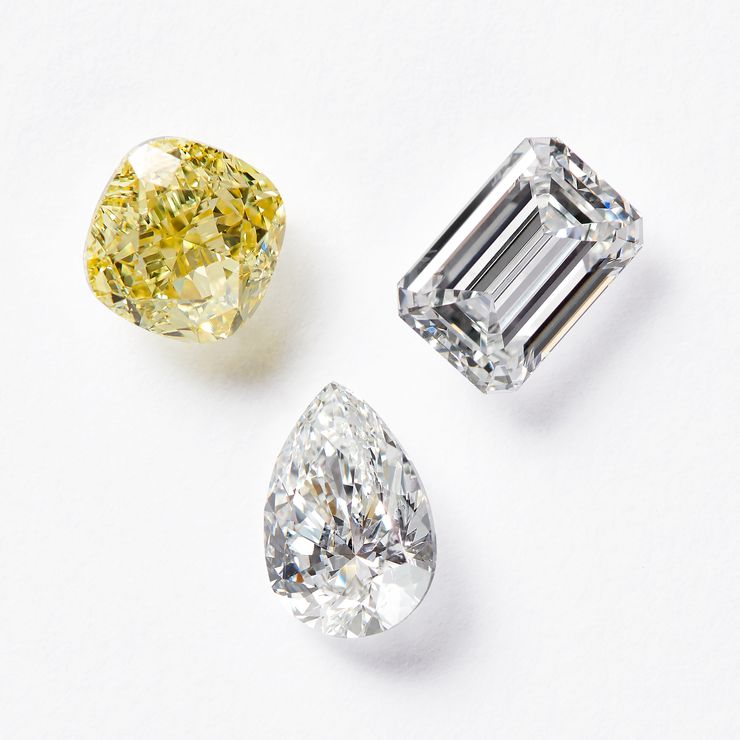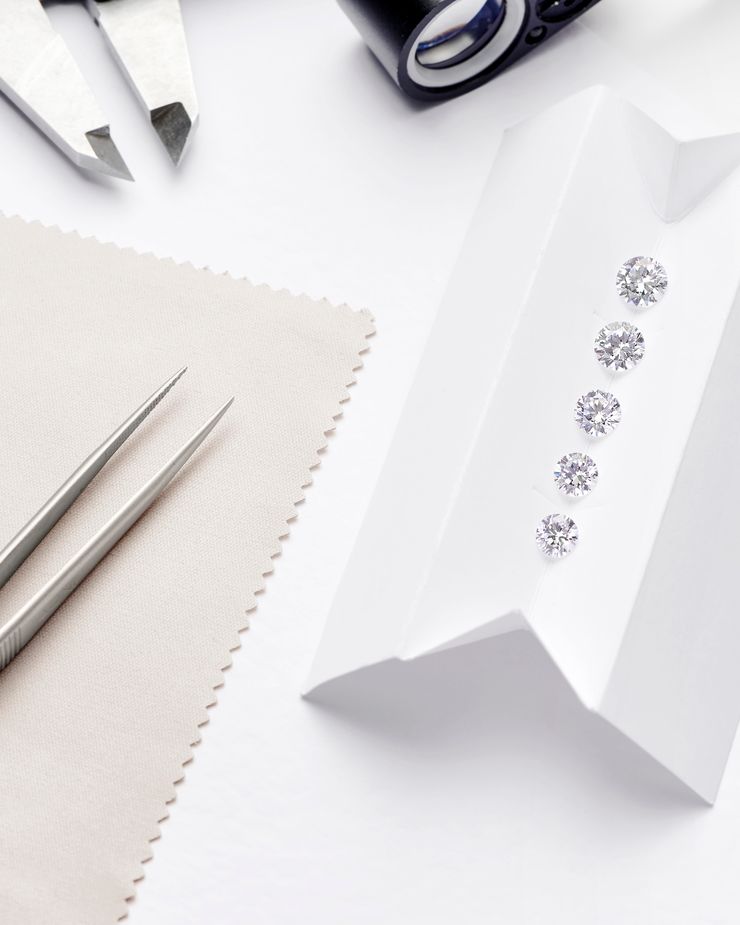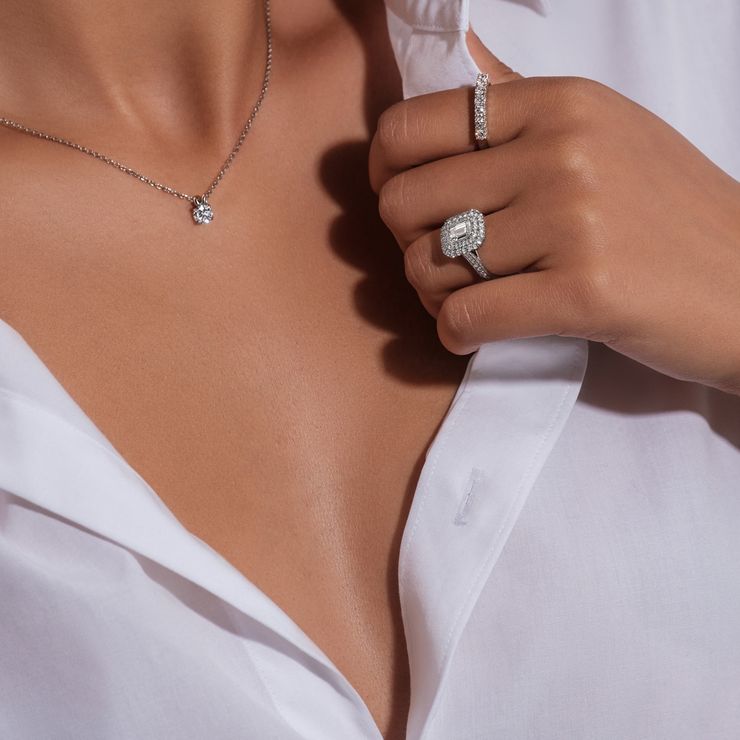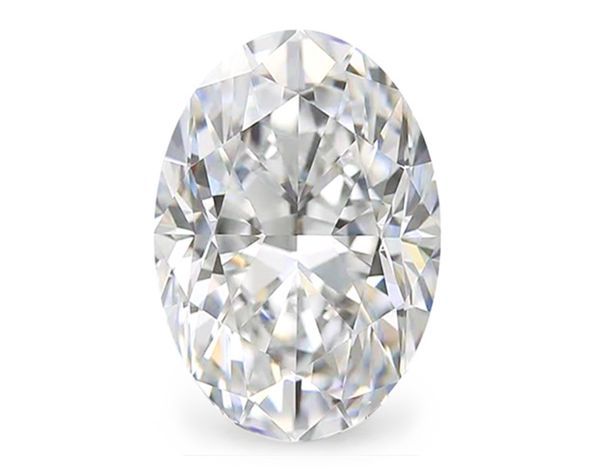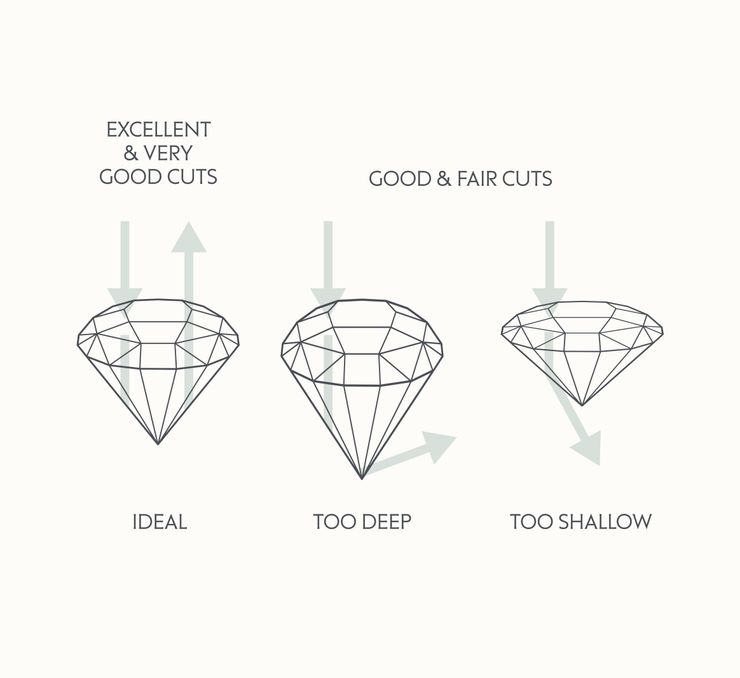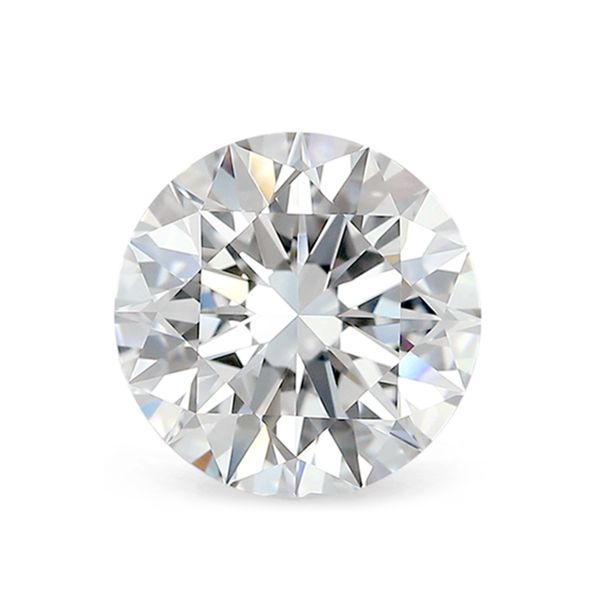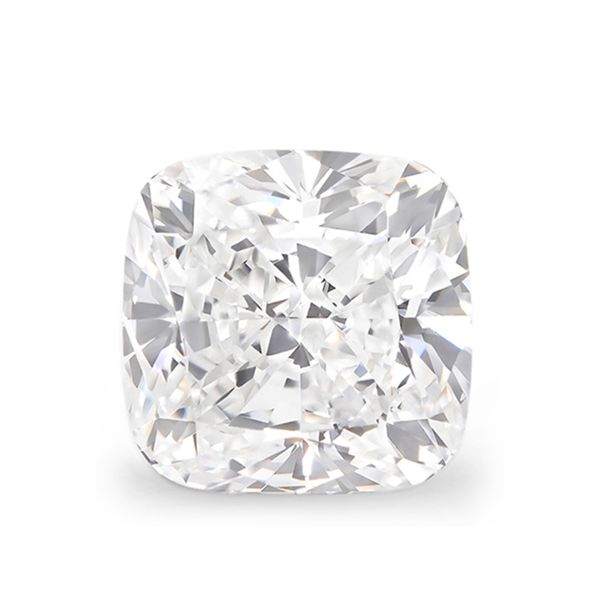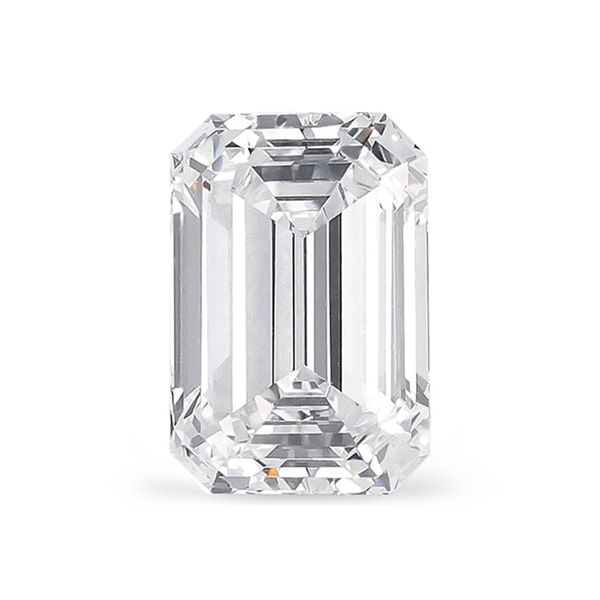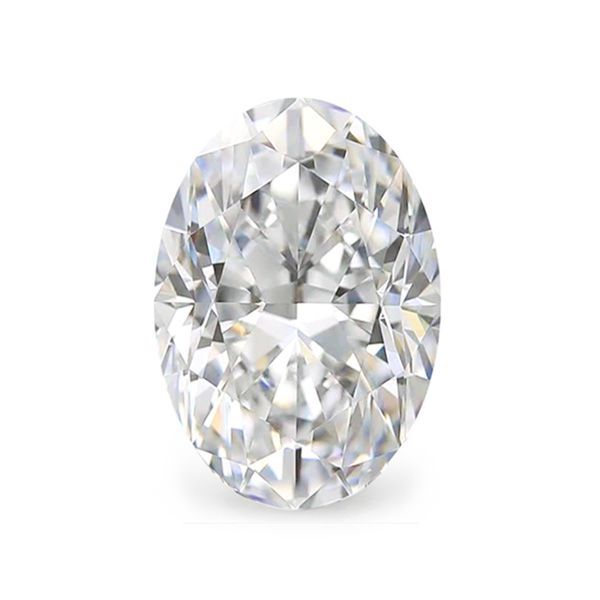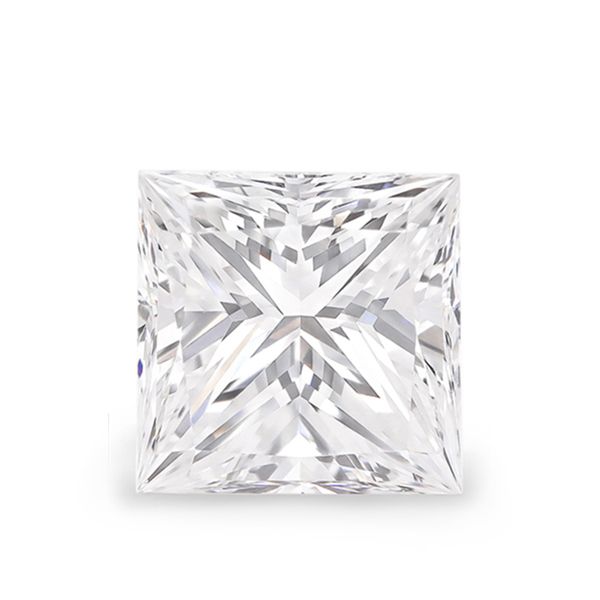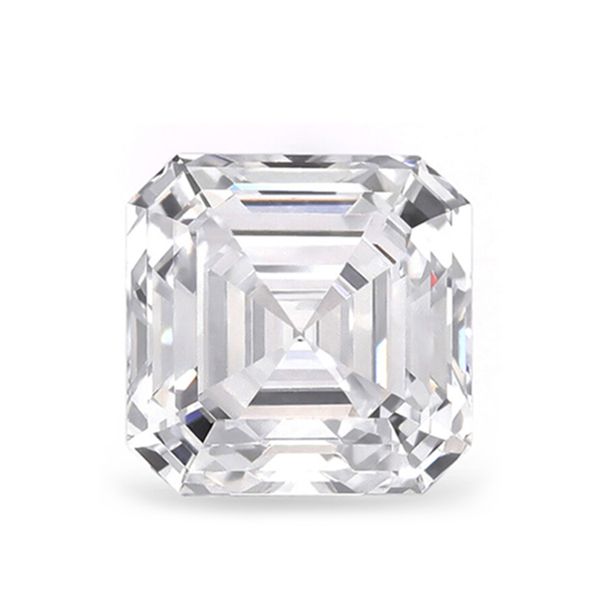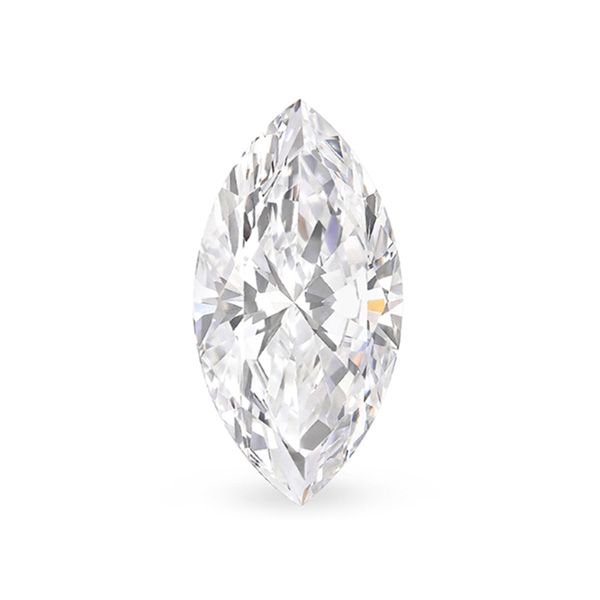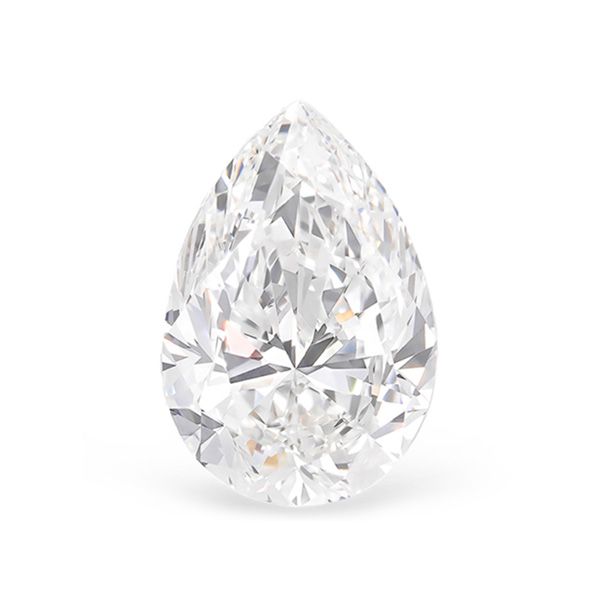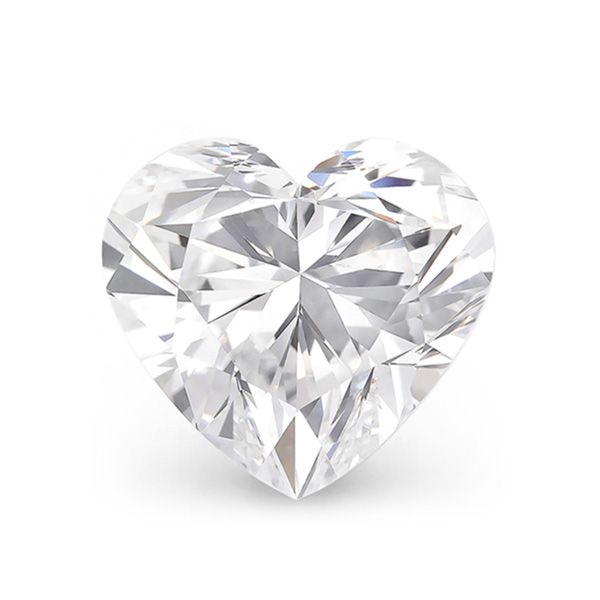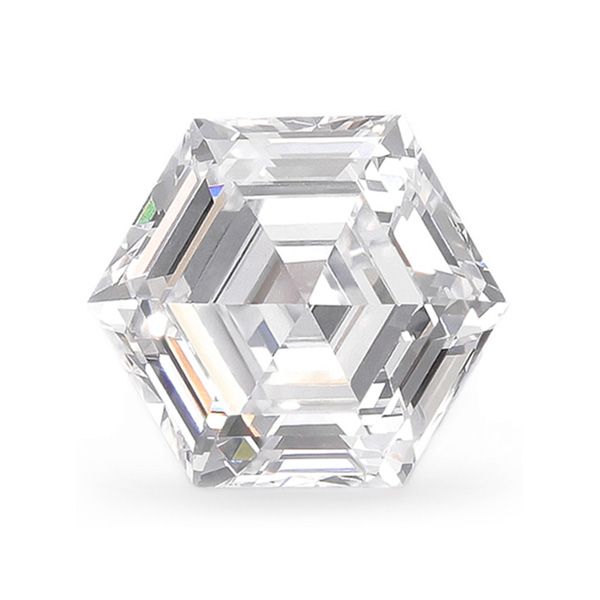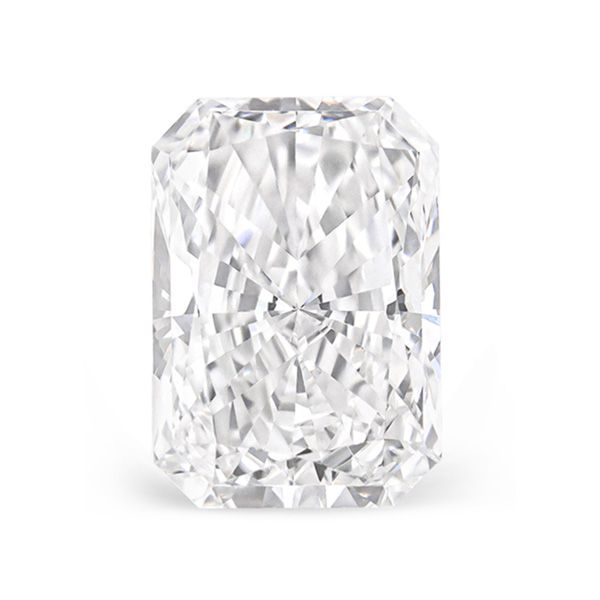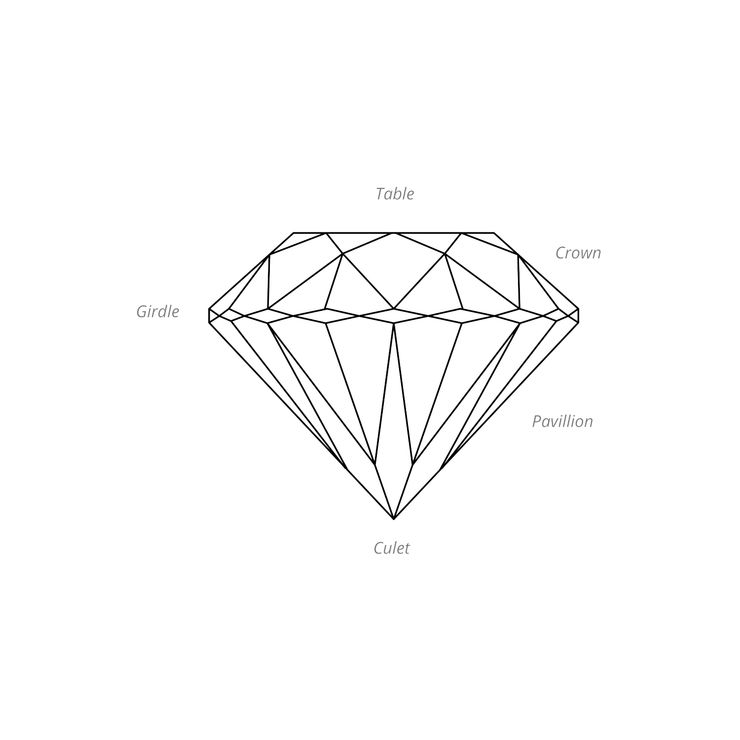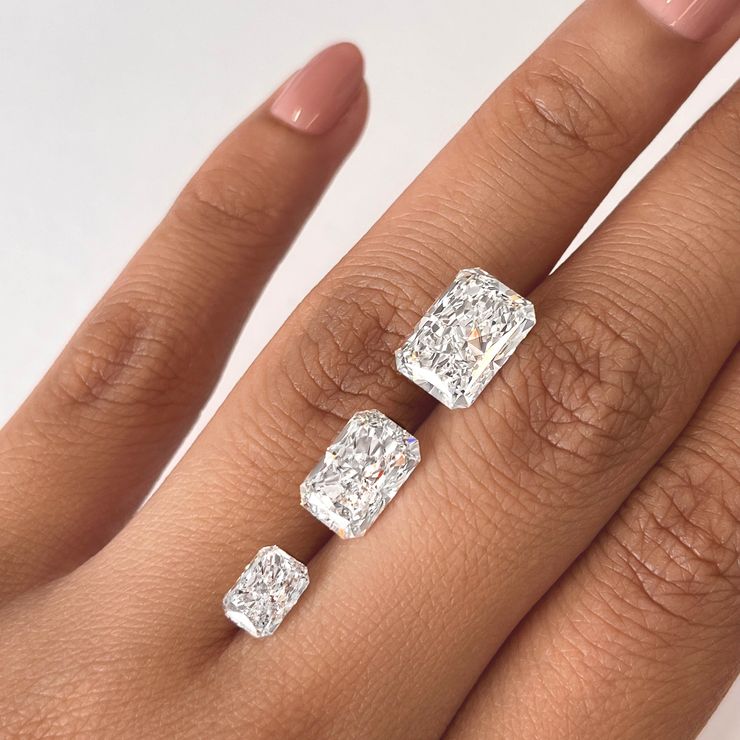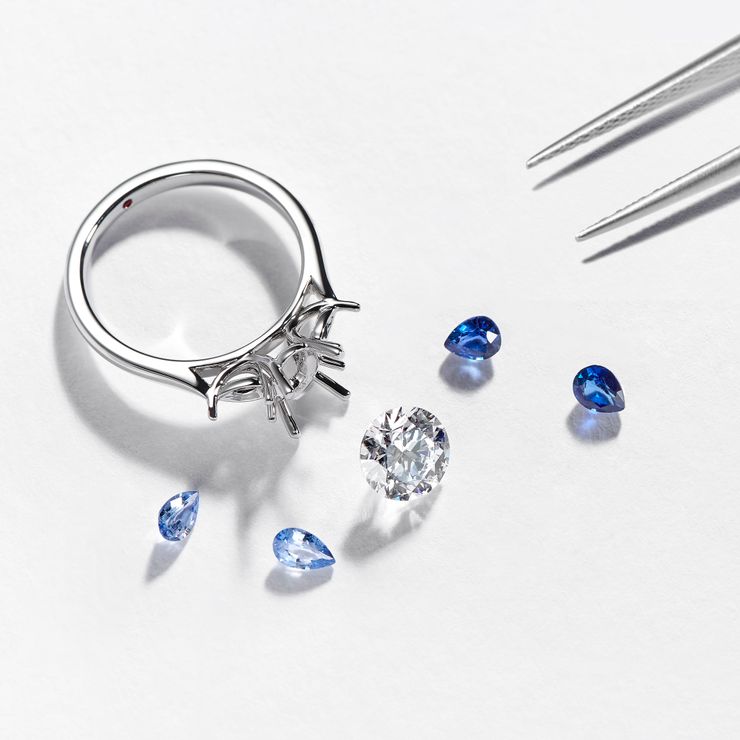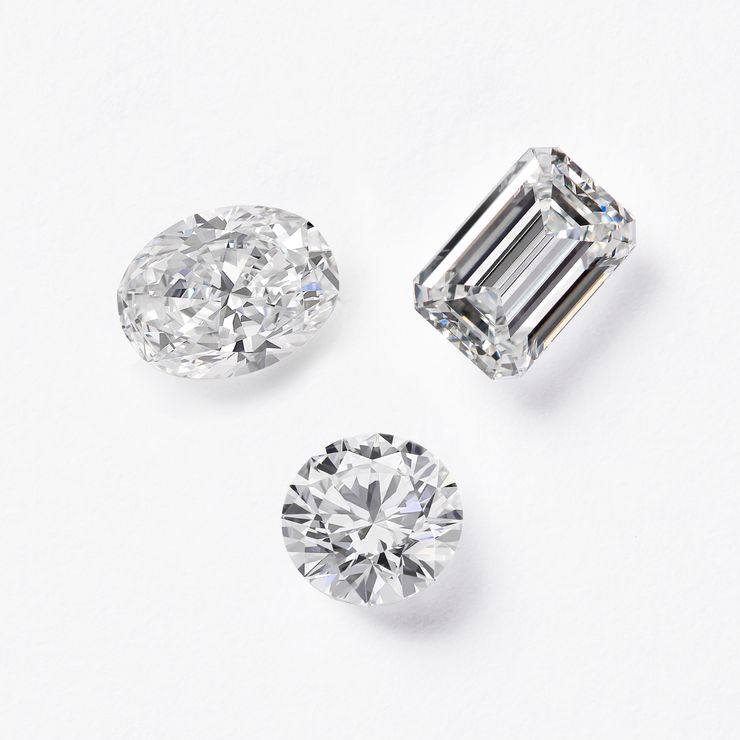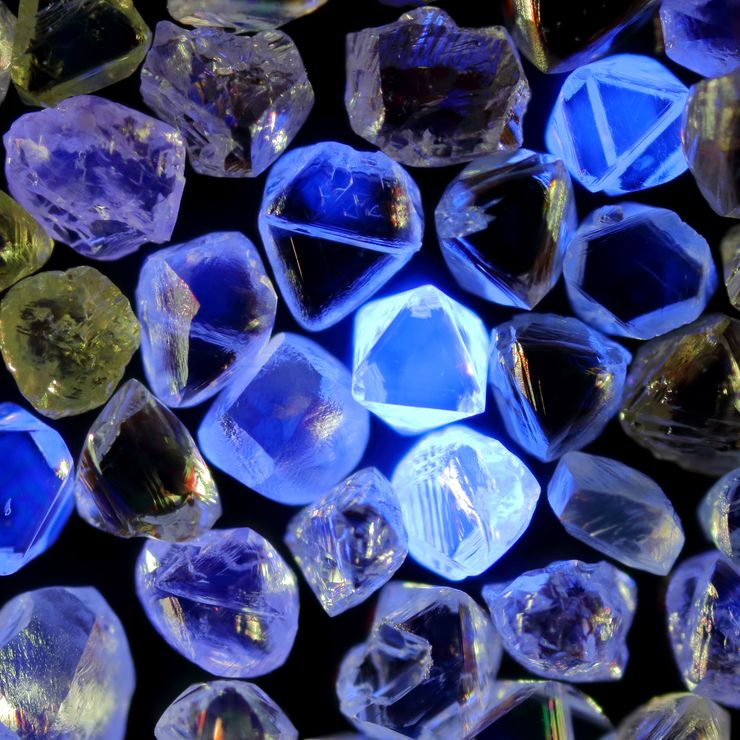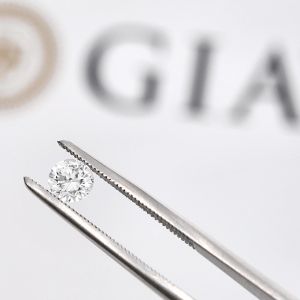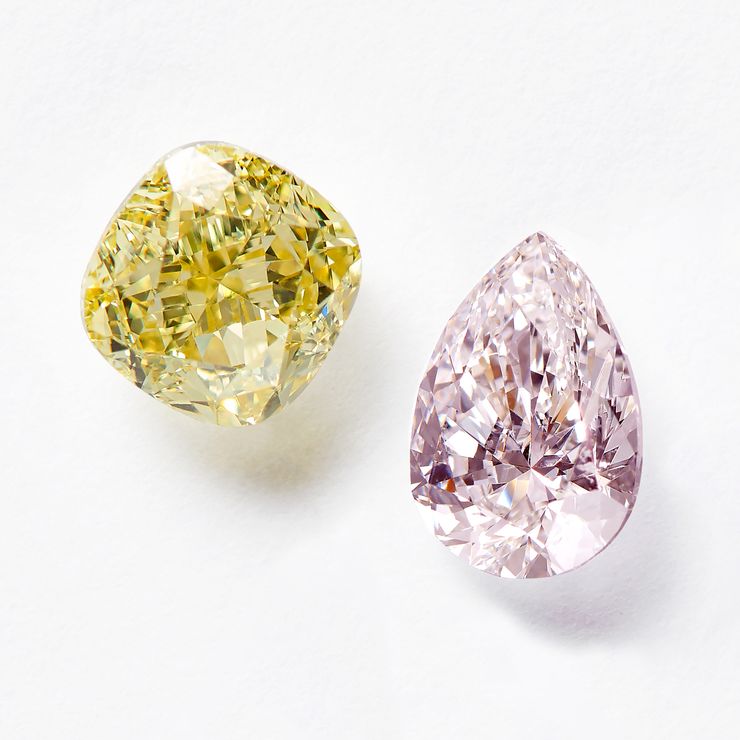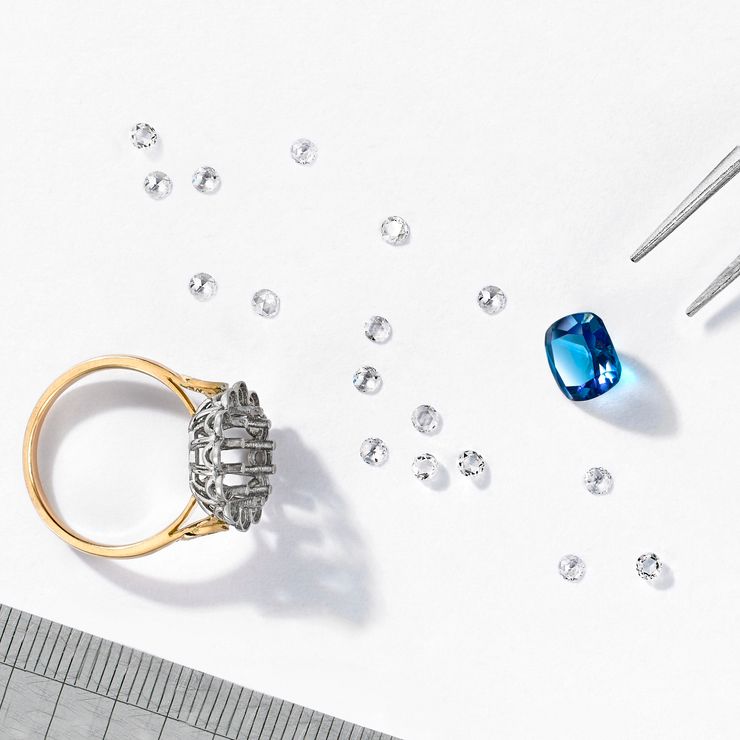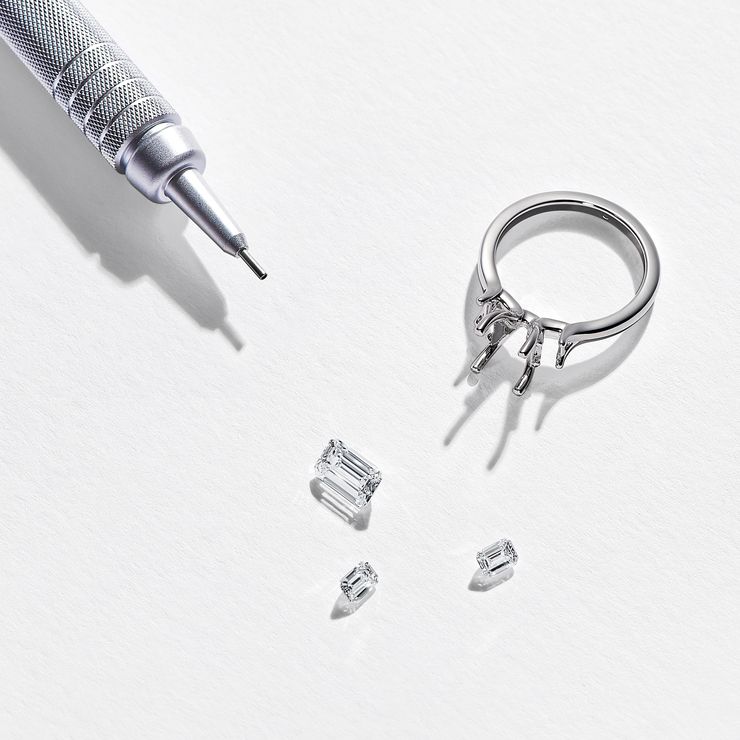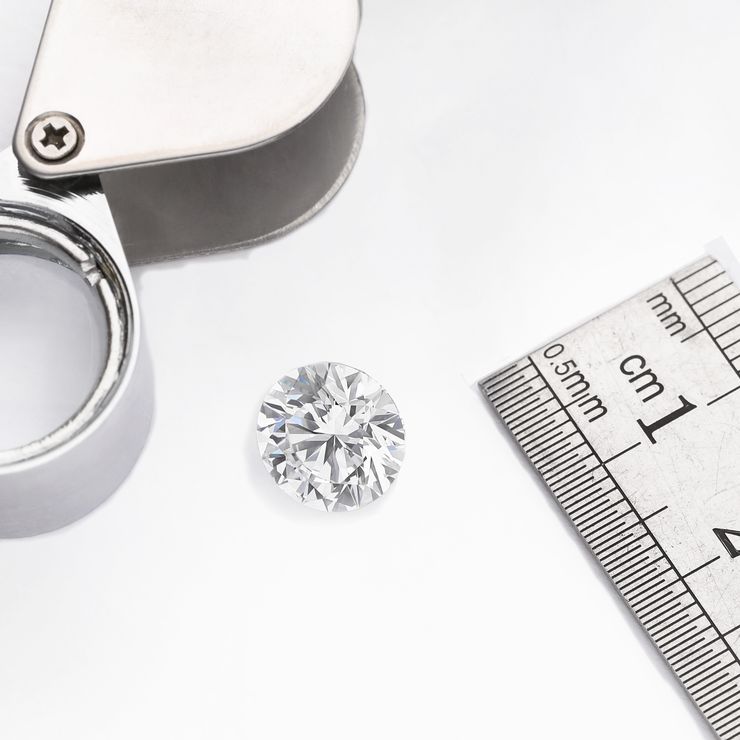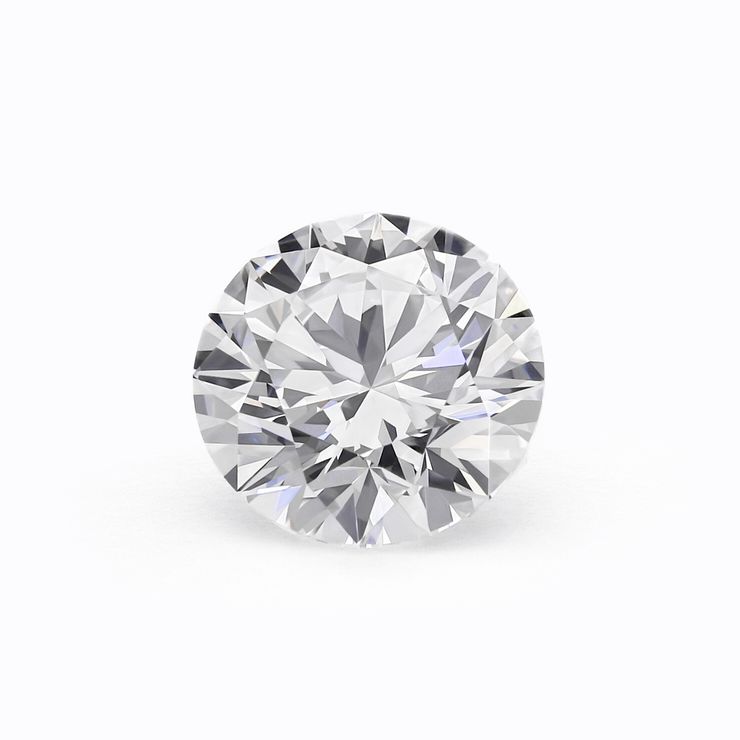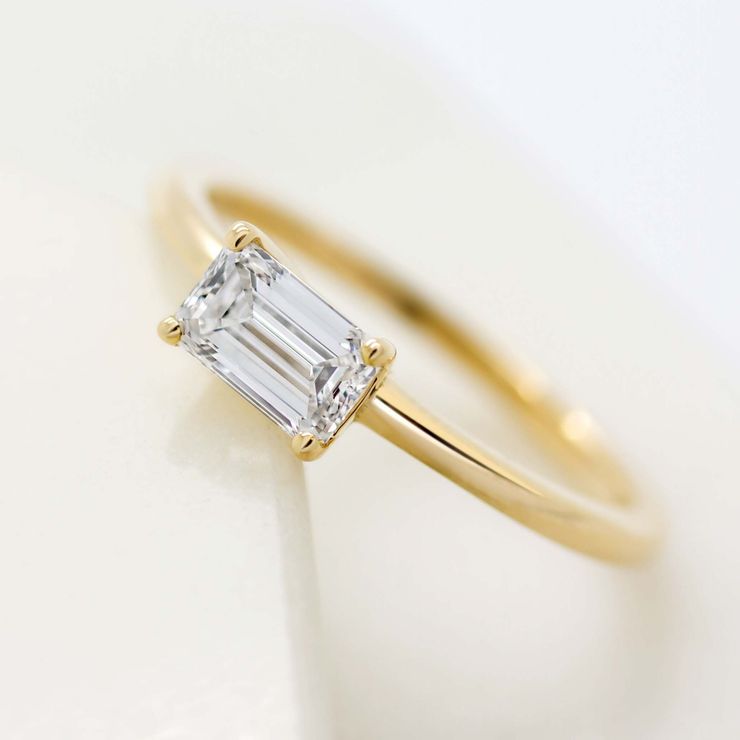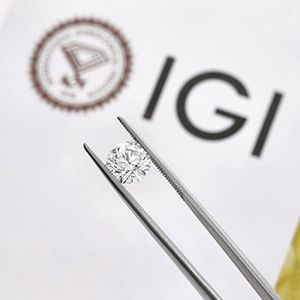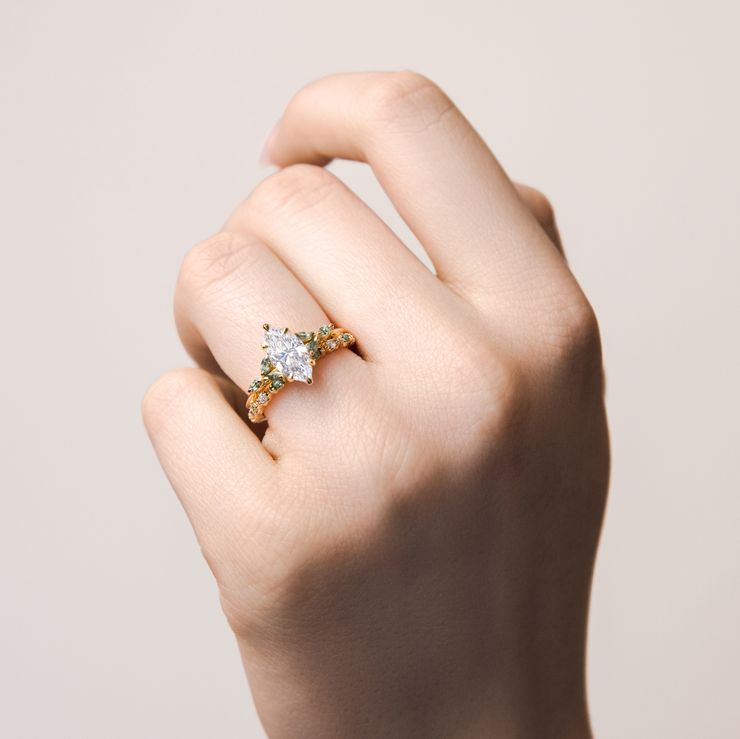Diamonds have a captivating geological history spanning billions of years. The way they’re formed is utterly fascinating, if a bit scientific, so get your notepads ready. Originating deep within the Earth’s mantle, about 140 to 190 kilometres below the surface, carbon atoms undergo a transformative process under immense heat and pressure, resulting in the formation of diamond crystals.
This intricate process usually occurs within specialised areas of the mantle known as ‘diamond stability zones,’ situated beneath stable continental plates. Following their formation, diamonds remain underground until volcanic activity propels them to the surface. Magma, rising from the depths of the mantle, carries diamonds upward, ultimately erupting onto the Earth’s surface in volcanic outbursts. There, they settle within diamond-rich rock formations like kimberlite or lamproite pipes. Amazing, right?
The discovery of diamonds in India in the 4th Century BC was the start of their legacy as the cherished symbols of beauty and value that we know and love. Revered for their luminosity, durability and rarity, diamonds have transcended eras, serving as symbols of affluence, influence, and affection across civilisations.
In modern times, diamonds maintain their magnetism and are sought-after for adornment, industrial and investment purposes. They continue to captivate global imagination, reflecting both nature’s splendour and the extraordinary geological processes that shaped them.
